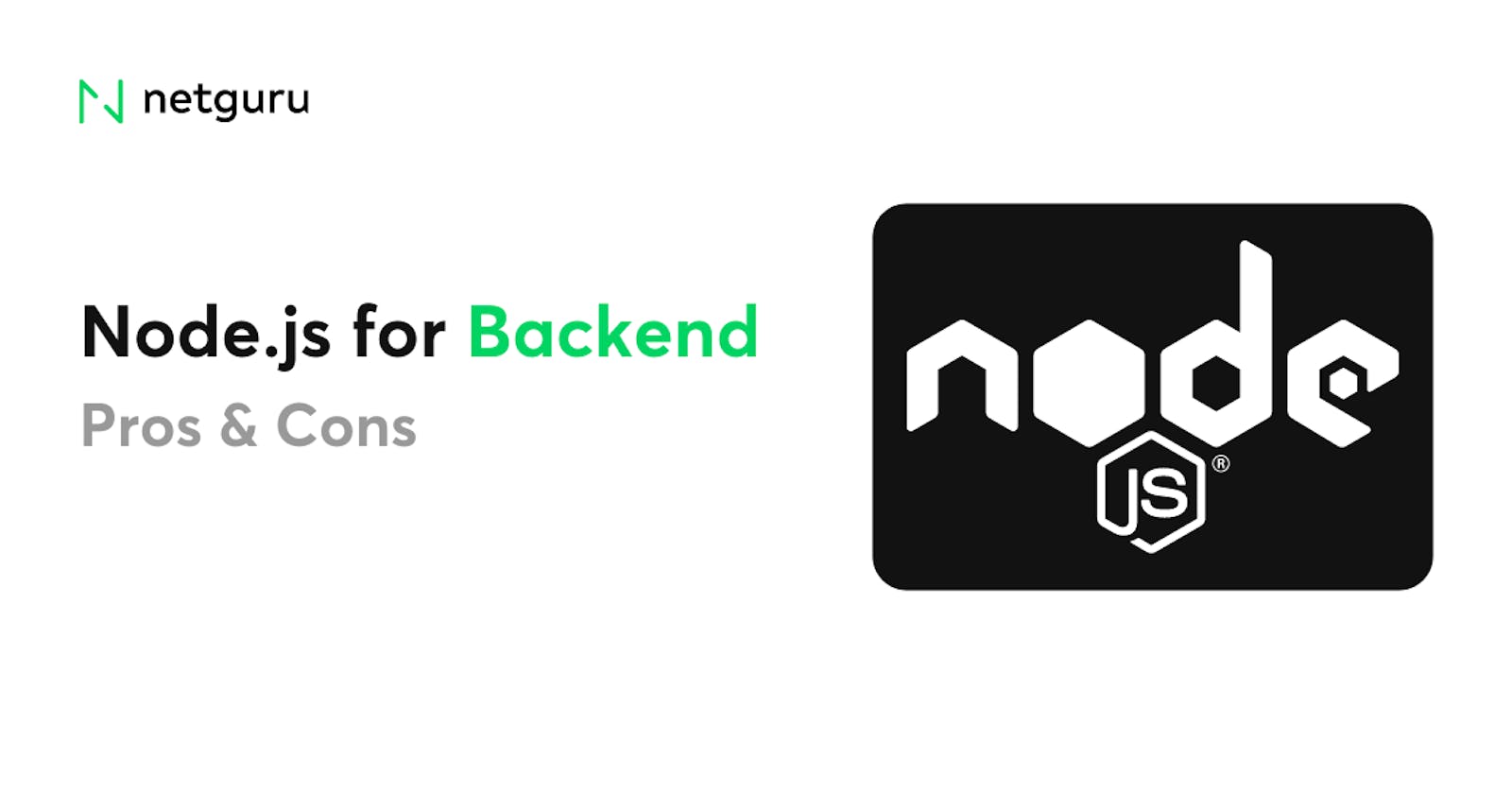Table of Contents
Introduction
NodeJs has become one of the most popular technologies for building web applications, and for good reason. It is a powerful and efficient runtime that allows developers to use JavaScript to build fast, scalable, and robust server-side applications. When it comes to building a backend for a web application, Node.js is a great choice, especially when combined with the Express library.
The Express Libary
Express is a lightweight and flexible web application framework for Node.js that provides a set of features for building web applications, such as routing, middleware, and templating. It is easy to learn and use, and it allows developers to build both simple and complex web applications quickly.
One of the benefits of using Express is that it provides a straightforward way to handle HTTP requests and responses. Express’s routing system allows developers to define the different routes that their application should handle, making it easy to create RESTful APIs or web applications with multiple pages.
You can find the express libary here
We will also install it later in this tutorial with npm
Getting Started with NodeJs
Create a new NodeJs Project
To get started with Node.js and Express, you will need to have NodeJS installed on your machine. Once you have NodeJs installed, you can create a new project by running the following command in your terminal:
mkdir my-express-app
cd my-express-app
npm init
This will create a new directory called my-express-app and initialize a new NodeJS project. After running this command, you will be prompted to provide some information about your project, such as its name and version.
Install Express for the NodeJs Project
Next, you will need to install Express as a dependency for your project. You can do this by running the following command in your terminal:
npm install express
This will install the latest version of Express and add it to your project’s package.json file as a dependency.
Now that you have Express installed, you can create a new file called app.js in your project directory and add the following code to it:
The First NodeJs File
const express = require('express');
const app = express();
app.get('/', (req, res) => {
res.send('Hello, World!');
});
app.listen(3000, () => {
console.log('Server listening on port 3000');
});
This code creates a new Express application, defines a route for the root path (/), and starts a server that listens on port 3000. When a user visits the root path, the server responds with the text “Hello, World!”.
Starting the NodeJs Server
To start the server, you can run the following command in your terminal:
node app.js
This will start the server and output the message “Server listening on port 3000”. You can now open your web browser and navigate to http://localhost:3000 to see the “Hello, World!” message.
Of course, this is just a simple example of what you can do with Node.js and Express. As you become more familiar with the framework, you can build more complex applications and take advantage of the many features that Express provides.
For example you can use the ForgetPasses Libary and build a user authentication platform. You can find our tutorial for it here
Conclusion
In conclusion, Node.js and Express make a great combination for building backend applications. Whether you are building a simple RESTful API or a complex web application, Express provides the tools and flexibility you need to get the job done quickly and efficiently. So why not give it a try and start building your own Node.js and Express application today?
If you are interested in more coding tutorials you can check out our offical blog here:
